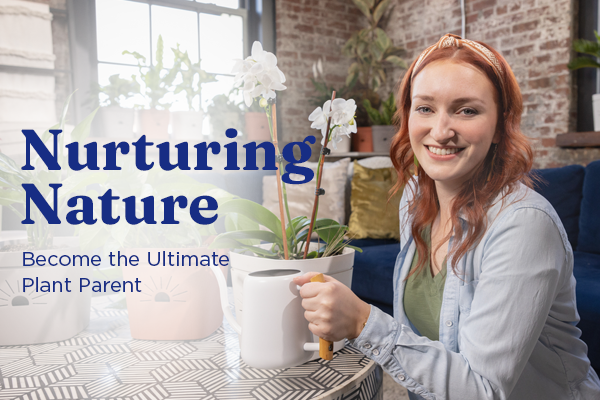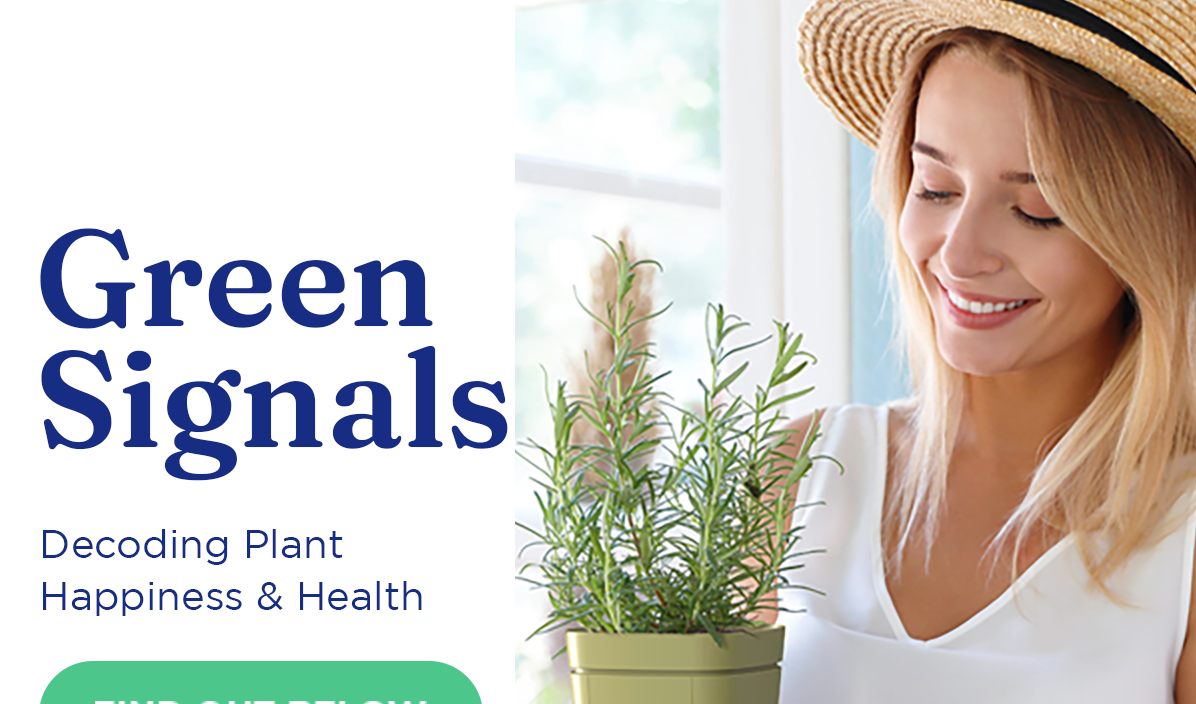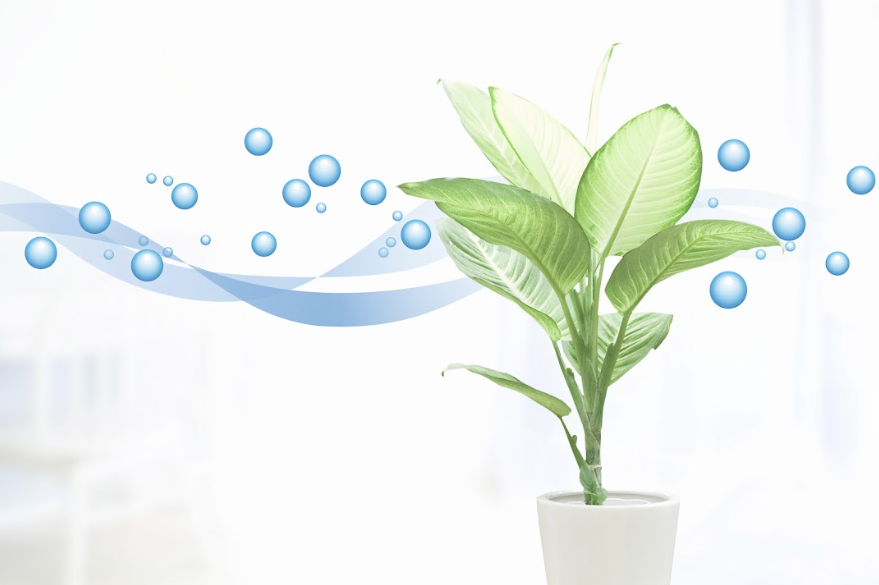Low Light = Shade
For gardeners in the northern hemisphere, low light is the north-facing window of the home. Low light is also experienced in interior walls and any area that is more than four feet from a window. Even though some plants are labeled as "low light" plants, they typically require more than just a few hours of weak sunlight each day. To ensure that plants have enough light to thrive, keep an eye out for symptoms of weak or stunted growth. Plants cannot survive in extremely dark corners with no light, so avoid putting any plant species in these areas.Medium Light = Bright, Indirect Light
For homes in the northern hemisphere, medium light is a south or west-facing window, with a sheer curtain filtering the rays of light. Medium lighting can also be a south-facing window with a large porch overhang, blocking some of the intensity of the sun. Additionally, if you place your plant two or three feet away from a south or west-facing window, this is considered medium or bright, indirect light. You can also hit this category by giving your plant morning sun in an east-facing window but shade in the afternoon. This category is favored by 85% of all indoor houseplants, so make sure you have plenty of room on that west-facing windowsill!High Light = Direct Sun
For us northern gardeners, the hottest and brightest area for a houseplant is directly on a south-facing windowsill. Only a few types of houseplants can handle this kind of intense light and heat. The brightness of the sun will depend on the outdoor plantings that may block the sun or the eaves and porches attached to the house. For some plants, even a south-facing window is not enough in the winter when days are shorter and the weather is cloudier. For those times, see our guide to artificial lighting to supplement during the darker times of the year.Symptoms of Too Little Light
If your houseplant is getting too little light, some common signs are wilting and yellowing of the leaves. Wilting can be caused by a lack of adequate water supply to the plant as well, but if you've been providing it with plenty of water and it's still wilting, then low light may be to blame. The leaves may also appear lighter in color than usual or start turning yellow from the center outwards. You might even notice that growth is slowing down significantly compared to when it was receiving enough sunlight (or artificial light). Other signs include leaf drop and stunted growth. If you begin to see any of these symptoms in your houseplants, try increasing their exposure time to more lighting sources!Symptoms of Too Much Light
Scorched foliage is one of the most obvious signs that your houseplant is getting too much light. The leaves may become discolored and look faded or brown, as if they've been burnt from overexposure to sunlight. Your plant's flower or leaf colors may also become bleached out, losing their vibrancy and appearing washed-out instead of fiery. In addition to these visual symptoms, you'll likely notice an increase in pests like aphids or mealy bugs on affected plants due to the stress associated with overexposure to light. Finally, houseplants exposed to too much sunlight will dry out quickly; this means that you'll need to water them more often than normal in order for them to stay healthy and thrive.Artificial Lighting
Experience the wonder of sunlight indoors! Using special lights, gardeners can grow a variety of plants, get exotic flowers to bloom, and have access to fresh herbs no matter what type of climate they live in. To pick the best lighting system for your plants, it is important to understand their individual needs.Light Color
Gardeners need to understand color temperature when choosing lights for their indoor plants. The color temperature of light is measured in Kelvin (K), with warmer red hues ranging from 1,000 K to cooler blues of 10,000 K. Different colors of light can affect plant growth, with blue light encouraging leaf, root, and stem growth and red light triggering fruit and flower production. For optimal growth of herbs, seedlings, and indoor houseplants, "full spectrum" light bulbs are the best choice. These bulbs usually range between 5000 and 6500 Kelvin and provide a similar brightness to natural outdoor sunlight. Plants grown indoors will usually thrive when exposed to full-spectrum bulbs, which produce a balance of cool and warm light that closely resembles mother nature's spectrum of light.Lighting Position
The amount of light a plant gets is determined by both the strength of the bulb and the distance between the plant and the light bulb. As soon as the light is generated, it starts to spread out - so plants that need a lot of light, like seedlings, should be situated close to the bulb. On the other hand, plants that come from shaded areas or humid jungles don't need as much light as those that come from hot, sunny places like the Mediterranean. For plants that like high heat (see above), position the plant 2-8 inches away from the bulb. For plants that like medium light, position the plant 10-24 inches away from the bulb. Low-light plants usually do not need supplemental artificial light.How Many Hours of Light?
If you are growing plants indoors, remember that the grow light should not stay on for 24 hours. The amount of light and darkness your plants receive affects the rate of growth and the number of leaves, fruit, and buds. Utilizing a power strip with a built-in timer is helpful for ensuring the right amount of time is set for your plants. Most foliage houseplants need 8-12 hours of light per day.Seedlings - 14-16 hours
Short-Day Plants - These types of plants require a long period of darkness. Examples are Begonias, azaleas, kalanchoe, and chrysanthemums. They require 12 hours or less. You are safe setting the timer for 11 hours all year.
Long-Day Plants - These plants need a period of light longer than 12 hours in order to grow. Examples of these types of plants include lettuce, spinach, and many kinds of vegetables. Set your timer for 14-18 hours of light per day.
Day-Neutral plants - These plants are flexible about hours of light, as long as it is more than eight. They depend on temperature and humidity more than light hours. This category includes most tropical foliage plants that are grown as houseplants, such as African violets, peace lilies, and geraniums. Set your time for 8-12 hours of light per day for most foliage houseplants.
Types of Grow Lights
| Type of Light | Positives | Negatives |
|---|---|---|
| LED Light | Energy efficient, long-lasting, comes in a wide range of light colors, produces no heat. | Costs more, bright lights may be annoying to humans. |
| Fluorescent Light | Medium energy efficiency, costs less than LED. | Some only come in blue and green, uses more electricity, not as long-lasting. Produces moderate heat. |
| Incandescent Light | Least expensive option. | Uses the most electricity, they get hot, the most short-lived. |


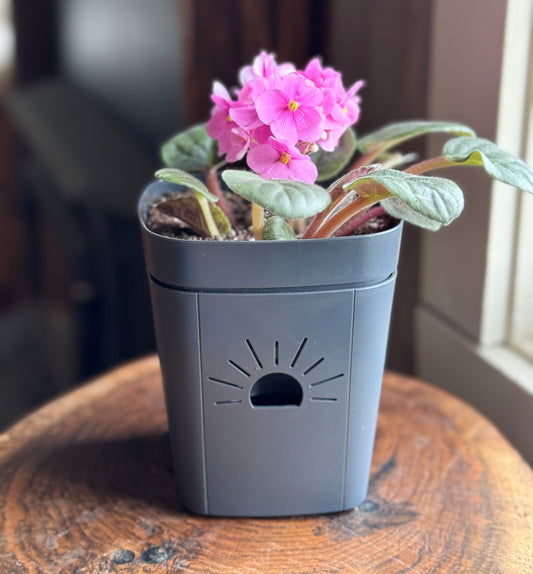
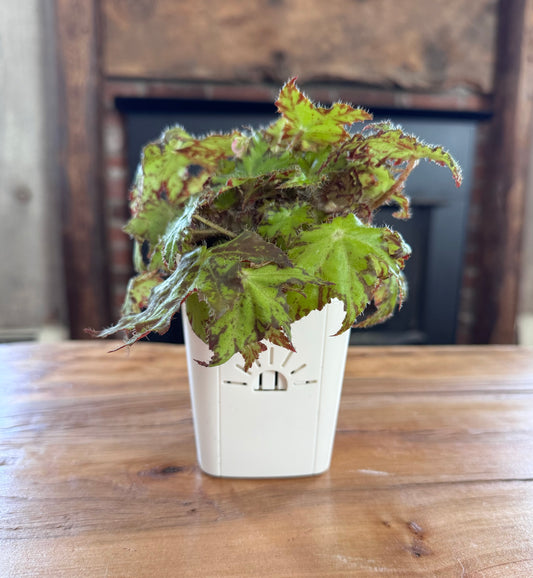

 Verified Buyer
Verified Buyer






